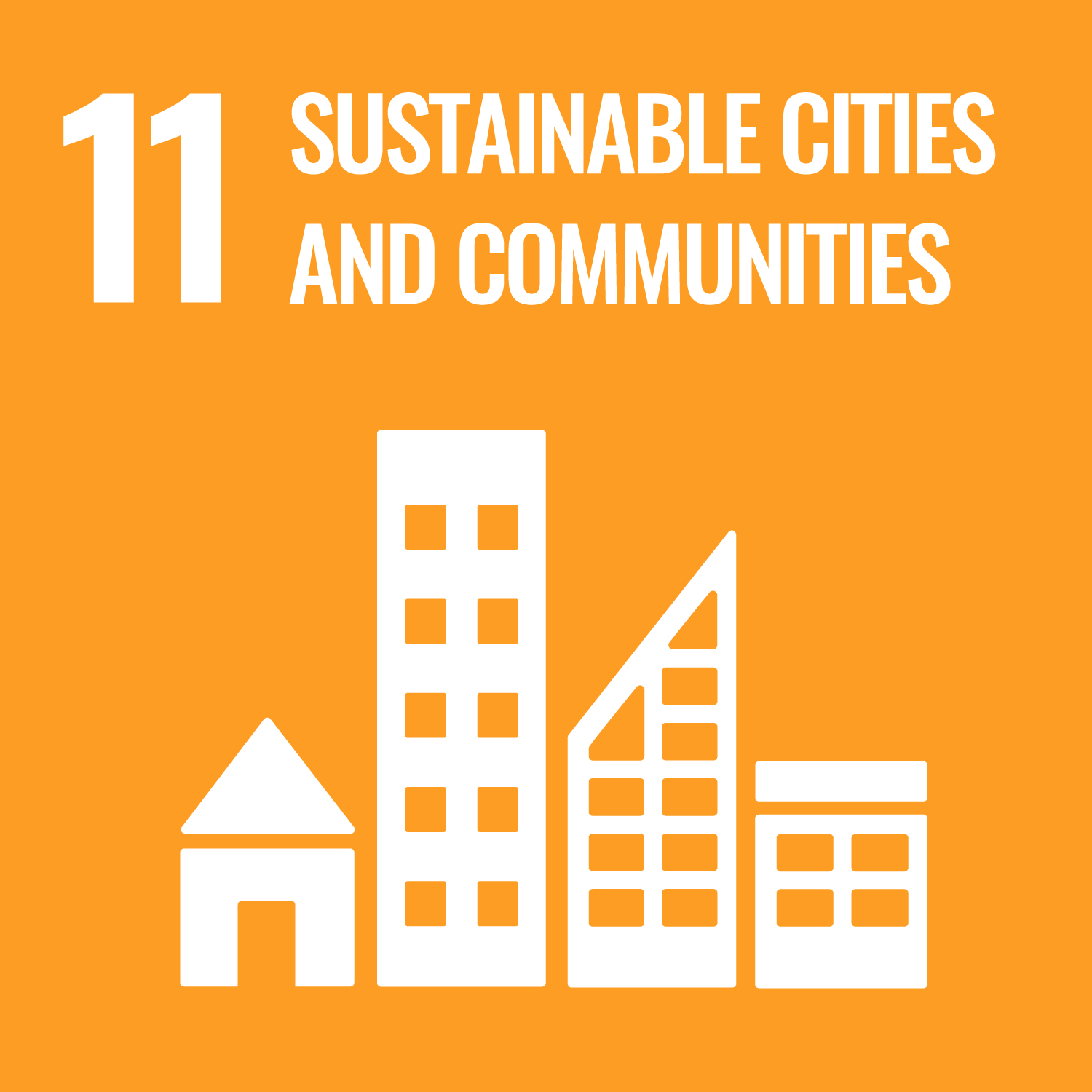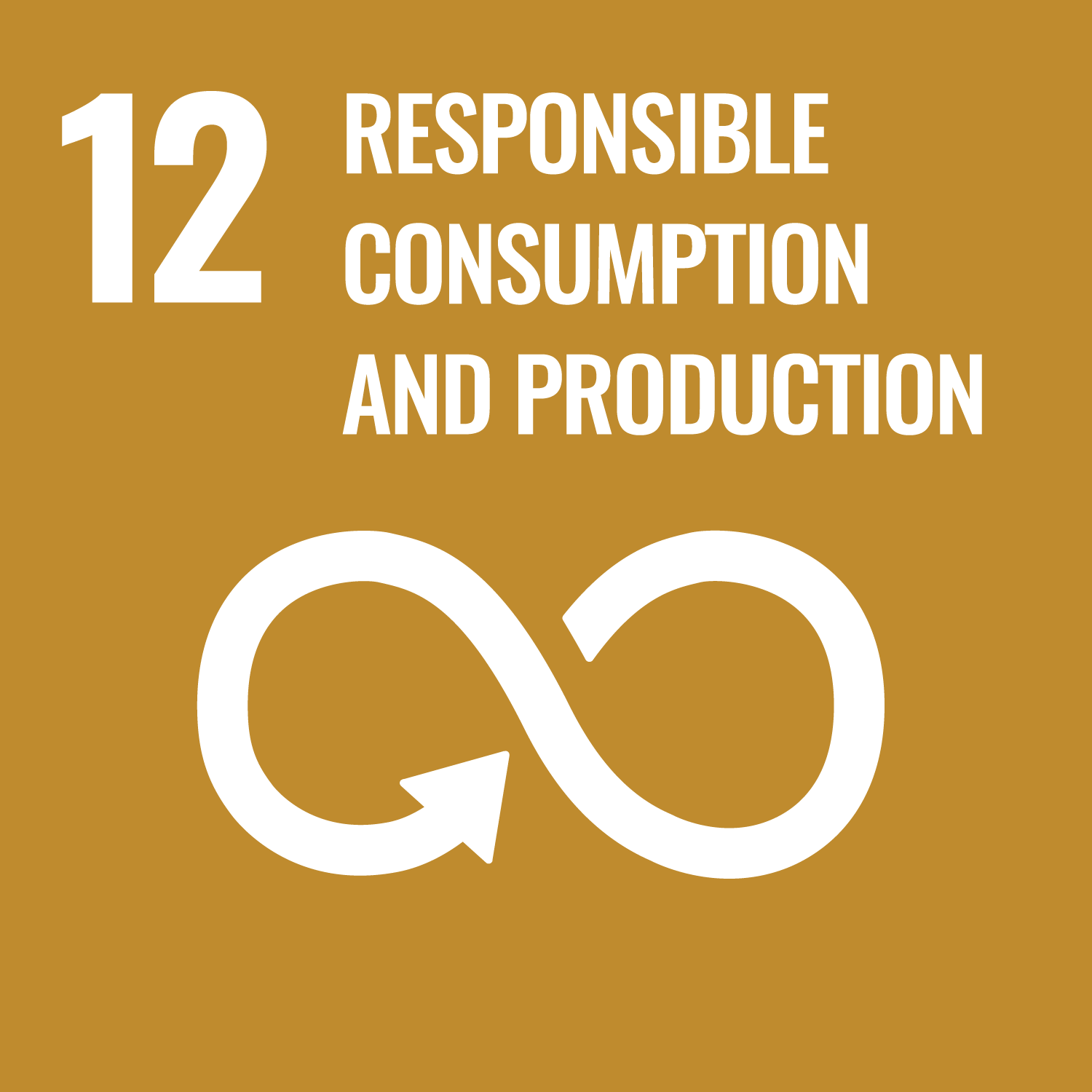Paints and painting are widely applied not only to social capital but also to various materials used in all daily products
to provide functions such as anticorrosion protection and aesthetics. In addition to basic education on the characteristics
of the organic materials that make up this paint and engineering technologies related to construction and utilization, we
also offer technologies such as high functionality, labor saving, energy saving, LCC (life cycle cost), safety, and global
environmental issues. Students will learn about issues, the Japanese paint industry in the world, and its future through lectures.
※The coating material exhibits its function only when it is formed as a coating film on the surface of the base material,
and is used in all industries.
When students are in charge of quality design in their respective specialized fields (For example, construction, civil engineering, automobile manufacturing, industrial product manufacturing, etc.) in the future, they will be able to utilize the basic knowledge about paints and paintings that they have acquired in this course. This is the goal of this class.
When students are in charge of quality design in their respective specialized fields (For example, construction, civil engineering, automobile manufacturing, industrial product manufacturing, etc.) in the future, they will be able to utilize the basic knowledge about paints and paintings that they have acquired in this course. This is the goal of this class.
- Students will learn the basics of paint and painting technology, such as the composition and classification of various paints, curing form, history and development of paints and paintings, etc.
- Students will learn about the physical characteristics of paint films and the current status and issues of painting technology, such as the mechanical properties of paints, anticorrosion mechanism, color and gloss, and painting methods.
- Students will learn about the current status and issues of various metal products, automobiles, large steel structures, concrete / architecture, and wood painting technology.
- Students will learn about future issues of paint / painting such as functional paint, diagnosis of paint / painting, safety and environment.
- Students will learn about the Japanese paint industry in the world and its future.
- Students will learn about the legal system for paints, national standards (JIS), international standards (ISO), and activities.
| Class schedule | HW assignments (Including preparation and review of the class.) | Amount of Time Required | |
|---|---|---|---|
| 1. | Introduction to paints and paintings History of paint Function of paint ☆ Protective function ☆ Aesthetic function Environment (air pollution countermeasures) Paint composition and classification Types of coating film and curing form |
Prepare for the content of the first lesson. | 30minutes |
| Watch video material about the paint industry in advance | 30minutes | ||
| Create an understanding report on the content of the first lesson. | 130minutes | ||
| 2. | Physical characteristics of paint Fluidity and mechanical properties of the coating film Color and luster of the paint film |
Prepare for the second lesson. | 30minutes |
| Watch the video material about the environmental promotion evaluation device | 160minutes | ||
| 3. | Corrosion resistance of coating film | Prepare for the content of the third lesson. | 30minutes |
| Watch the video material about rust | 30minutes | ||
| Create an understanding report on the content of the third lesson. | 130minutes | ||
| 4. | Painting technology Painting method Dry curing method Development of automobile painting system |
Prepare for the content of the 4th class. | 190minutes |
| 5. | 1. 1. About powder coating system 2. 2. Recent trends in international coating standards Importance of ISO standards ISO standard in the painting field |
Prepare for the content of the 5th class. | 30minutes |
| Create an understanding report on the content of the 5th lesson. | 160minutes | ||
| 6. | Painting of steel structures Surface treatment before painting Painting system and performance |
Prepare for the content of the 6th class. | 30minutes |
| Create an understanding report on the content of the 6th lesson. | 160minutes | ||
| 7. | Painting of concrete structures | Prepare for the content of the 7th class. | 30minutes |
| Create an understanding report on the content of the 7th lesson. | 160minutes | ||
| 8. | Architectural / residential painting | Prepare for the 8th class content. | 190minutes |
| 9. | Functional paint Thermal insulation paint Environmental purification paint utilizing photocatalyst Other paints |
Prepare for the 9th class content. | 190minutes |
| 10. | Industry and painting Ships, housing materials |
Prepare for the 10th class content. | 190minutes |
| 11. | Painting industry and globalization | Painting industry and globalization | 190minutes |
| 12. | Painting diagnosis Paint painting inspection Diagnosis and Life prediction, Life cycle cost |
Prepare for the content of the 12th class. | 30minutes |
| Create a comprehension report on the content of the 12th lesson. | 160minutes | ||
| 13. | Safety and environment Safety regulations Environmental regulations and corresponding technologies |
Prepare for the 13th class content. | 190minutes |
| 14. | General lecture | Review the materials used in the 1st to 13th lectures | 190minutes |
| Total. | - | - | 2660minutes |
| 理解度レポート | Total. | |
|---|---|---|
| 1. | 16% | 16% |
| 2. | 16% | 16% |
| 3. | 17% | 17% |
| 4. | 17% | 17% |
| 5. | 17% | 17% |
| 6. | 17% | 17% |
| Total. | 100% | - |
Students will be evaluated in a report (about 6 times). Students will be accepted or rejected (6 reports, 100 points each).
A pass with an overall average score of 60 points or more. In order to receive the evaluation, attendance of 2/3 or more of
the class days is required.
Students are required to submit all comprehension confirmation reports.
This is currently planned, but details will be explained in class.
Students are required to submit all comprehension confirmation reports.
This is currently planned, but details will be explained in class.
Textbook : Lecture materials
(For copy distribution and document distribution)
(For copy distribution and document distribution)
Students attending this class should be reviewing polymer chemistry in high school or studying it by themselves.
- Course that cultivates an ability for utilizing knowledge
- Course that cultivates a basic problem-solving skills
| Work experience | Work experience and relevance to the course content if applicable |
|---|---|
| Applicable | The teacher of this class has practical experience in paint / painting related companies and industry associations, including their involvement with industry. |




- 7.AFFORDABLE AND CLEAN ENERGY
- 9.INDUSTRY, INNOVATION AND INFRASTRUCTURE
- 11.SUSTAINABLE CITIES AND COMMUNITIES
- 12.RESPONSIBLE CONSUMPTION & PRODUCTION
Last modified : Sat Sep 30 04:08:09 JST 2023
